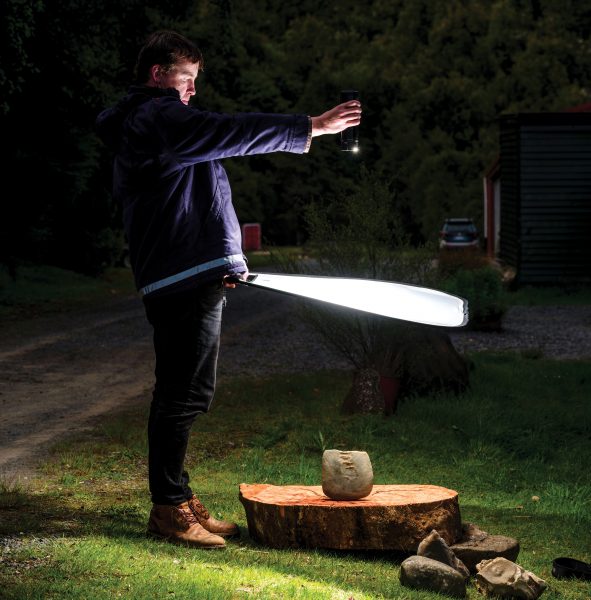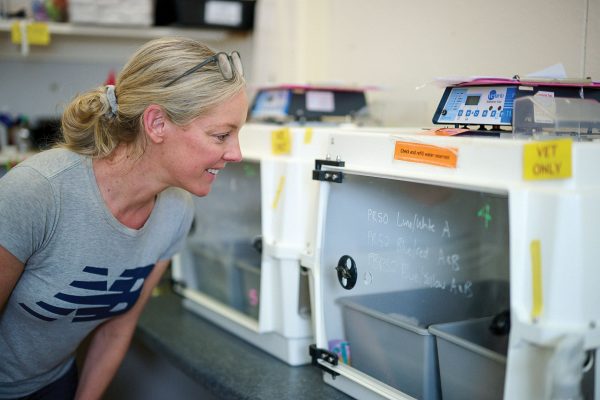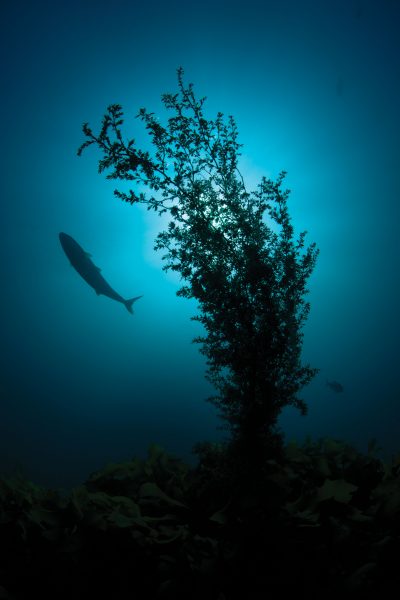Salute
“It’s been a hectic week,” sighed George Gibbs when I met him in his lair at Wellington’s Victoria University. He had been helping Japanese and French television crews who were in the country filming weta and other curiosities in our fauna. “Weta have been ignored for so long; now they’re becoming flavour of the month.”
Not that George is complaining. That our most distinctive insects are shaking off obscurity on the one hand and their negative public image on the other can only be a good thing. But the most extraordinary aspect—the one that excites biologists like George—is the fact that there are still undiscovered species of weta out there. “It’s amazing to think that you can get in a chopper on the West Coast, fly to a mountain top and nine hours later come back with a new species.”
For the Victoria University Reader in Zoology,that is incentive enough to trudge through dripping beech forest or scale granite bluffs, anticipating that epiphanous moment when sleuth comes face to face with quarry.
George is first and foremost a lepidopterist, and has published a book on New Zealand butterflies. Weta are a more recent interest—and a pressing one, in light of the endangered status of many species.
Obtaining funding to save threatened insect populations is not easy, says George. “Vertebrates, especially birds, capture the public imagination—and the funds. Yet in global terms most of the biodiversity on the planet is invertebrate. Our battle is to get a hearing for the creatures that get overlooked—insects and snails and so on. Giant weta act as flagships in this fight.”
We hope the article in this issue helps their cause.

















